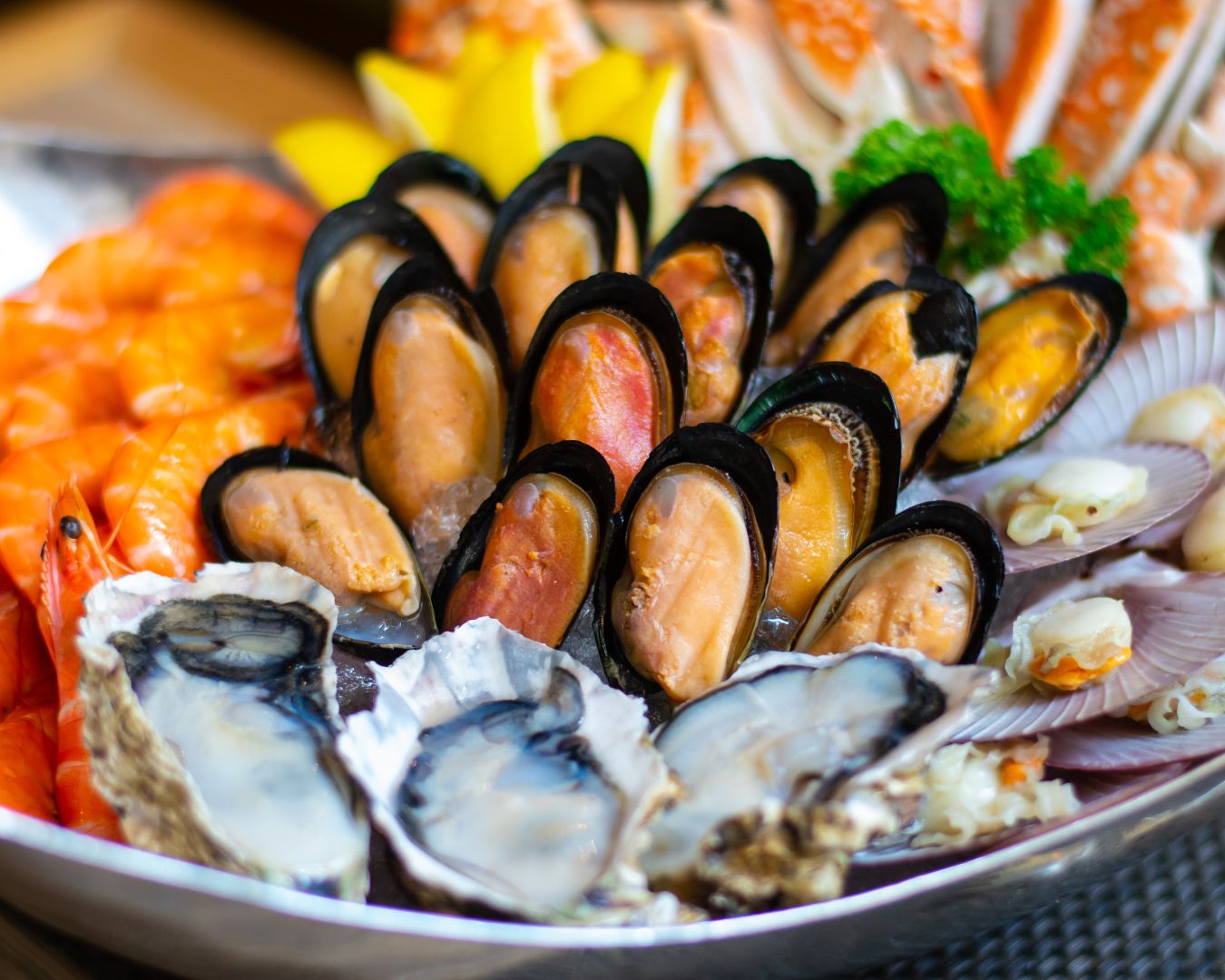How to Properly Store and Cook Seafood: Ensuring Freshness and Flavor
Seafood is a delicious and nutritious source of protein, but it’s also highly perishable. Whether you’re working with fish, shrimp, scallops, or shellfish, it’s important to handle and store seafood correctly to maintain its freshness and ensure it’s safe to eat. In this blog post, we’ll explore the best practices for storing seafood and how to cook it to bring out its best flavor and texture. Why Proper Seafood Storage Matters Seafood spoils quickly due to its high water content and delicate proteins. Improper storage can lead to spoilage, loss of flavor, and even foodborne illnesses. Therefore, maintaining the right temperature and conditions is key to keeping your seafood fresh and safe to eat. How to Store Seafood Properly 1. Buy Fresh Seafood The journey to properly storing seafood starts at the market. When buying fresh seafood, look for the following indicators: 2. Keep Seafood Cold Seafood should be kept cold at all times to prevent bacterial growth. Once you bring seafood home, store it in the coldest part of your refrigerator at 32°F (0°C). Most home refrigerators are set between 35°F to 40°F, so to achieve optimal coldness, place seafood on a bed of ice in a shallow pan and cover it with a lid or plastic wrap. Replenish the ice as it melts. 3. Refrigerating Fresh Seafood 4. Freezing Seafood If you’re not planning to use your seafood within a day or two, freezing is the best option for long-term storage. Proper freezing techniques ensure that seafood retains its quality and flavor. Seafood can generally be frozen for up to 3-6 months. Thaw frozen seafood by transferring it to the refrigerator the night before you plan to use it, allowing it to defrost slowly. Best Practices for Cooking Seafood Once your seafood is properly stored, it’s time to cook it to perfection. Different types of seafood require different cooking methods, but the following tips will help you get the best results. 1. Thaw Seafood Properly If cooking frozen seafood, it’s important to thaw it properly to avoid affecting the texture and taste. The safest method is to thaw seafood overnight in the refrigerator. For faster thawing, place the seafood in a sealed plastic bag and submerge it in cold water, changing the water every 30 minutes until it’s thawed. 2. Avoid Overcooking Seafood cooks quickly, and overcooking can lead to dry, rubbery textures. Use the “10-minute rule” as a guide: cook fish fillets for 10 minutes per inch of thickness at a temperature of around 400°F (200°C). Shellfish and shrimp are done when they turn opaque and firm to the touch. 3. Check for Doneness 4. Use the Right Cooking Methods Here are a few popular cooking methods for different types of seafood: Storing Cooked Seafood Once cooked, seafood should be refrigerated within two hours to prevent bacteria growth. Store cooked seafood in an airtight container in the refrigerator for up to 3 days. If you have a large batch, freeze it for longer storage, but keep in mind that freezing may slightly alter the texture of cooked seafood. Handling seafood with care from purchase to plate ensures that you enjoy the freshest and safest meals possible. Proper storage, whether refrigerating or freezing, is crucial to maintaining the quality of seafood, while cooking it to the right temperature brings out the best flavor and texture. By following these best practices for storing and cooking seafood, you can savor the full experience of this delicious and healthy protein, all while keeping your kitchen safe and your meals full of flavor.

